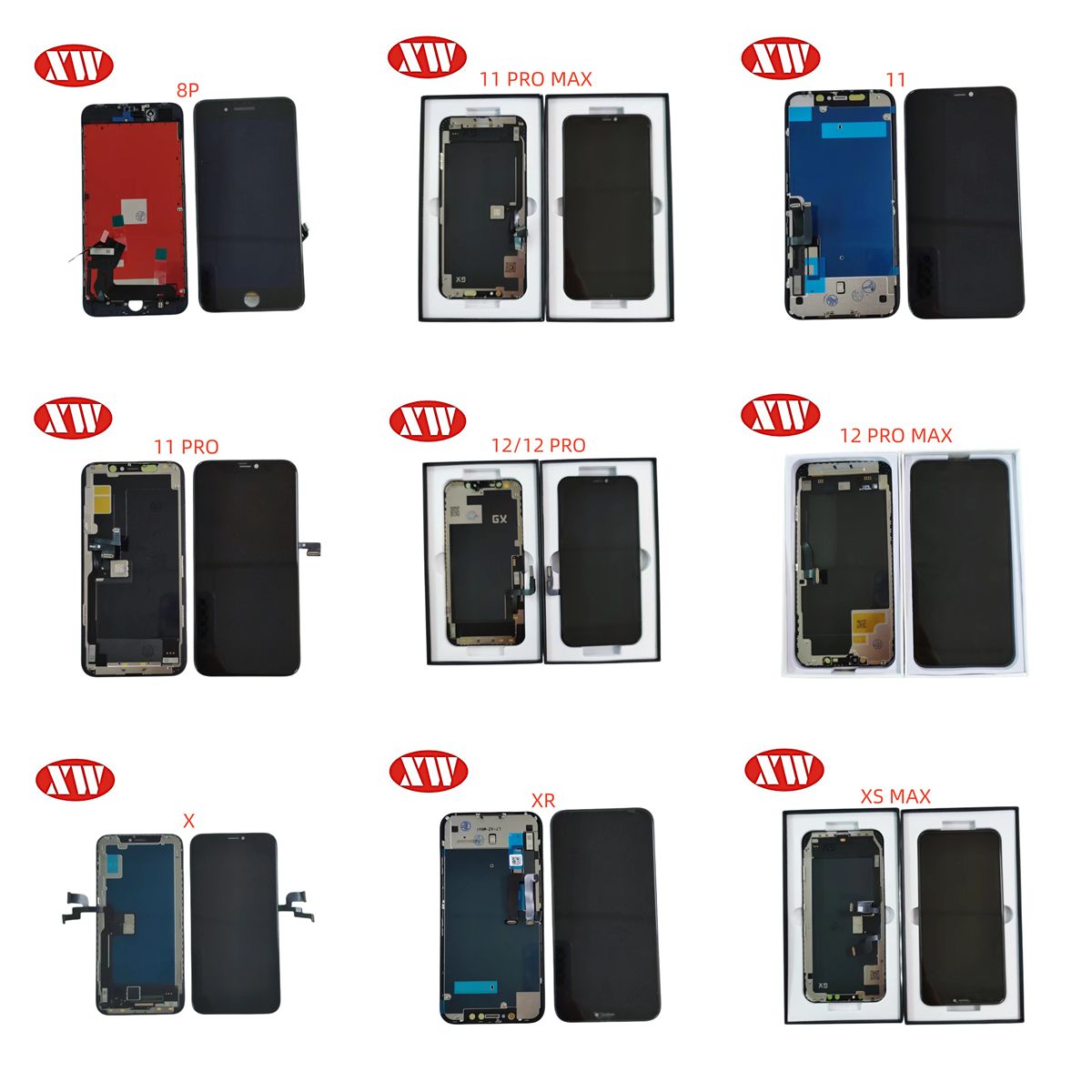In recent years, there has been a shift towards larger, higher resolution displays on mobile phones, with many flagship devices now featuring screens that measure 6 inches or more diagonally. Additionally, manufacturers have been experimenting with new screen designs such as foldable and rollable displays, which can provide users with even larger screens while still maintaining a portable form factor.
In terms of display technology:
OLED screens have become increasingly popular due to their high contrast ratios, wide color gamut, and power efficiency. Additionally, some manufacturers have begun incorporating advanced features such as high refresh rates (up to 120Hz) and variable refresh rates, which can make scrolling and gaming feel smoother and more responsive.
Finally, there has been a growing focus on reducing the amount of blue light emitted by mobile phone screens, as blue light has been linked to disrupted sleep patterns and eye strain. Many manufacturers now offer built-in blue light filters or “night modes” which can reduce the amount of blue light emitted by the screen in the evenings.
In recent years, there has been a significant shift towards larger screens with smaller bezels, as well as higher refresh rates for smoother scrolling and gaming. Some of the latest smartphones also feature foldable screens, which allow for a larger display in a smaller form factor.
Another trend in mobile phone screens is the use of OLED (organic light-emitting diode) technology:
which provides brighter colors and deeper blacks compared to traditional LCD screens. Some manufacturers have also started incorporating variable refresh rates, which dynamically adjust the screen’s refresh rate based on the content being displayed to conserve battery life.
Overall, the mobile phone industry is constantly pushing the boundaries of screen technology to provide users with a better viewing experience.
Mobile phone screens are the displays used in smartphones and other mobile devices. They come in a range of sizes and technologies, and are a key factor in determining the user experience of a mobile device.
The most common types of mobile phone screens are LCD (liquid crystal display) and OLED (organic light-emitting diode). LCD screens are typically cheaper to manufacture and provide good color accuracy, while OLED screens offer deeper blacks, higher contrast, and lower power consumption.
In recent years, there has been a trend towards larger screens with higher resolutions and faster refresh rates. Some of the latest mobile phone screens also feature variable refresh rates, which adjust the screen’s refresh rate based on the content being displayed for a smoother experience and improved battery life.
Another emerging trend in mobile phone screens is the use of foldable displays. These screens can be folded to create a smaller form factor for portability, while still offering a large display when unfolded.
Overall, mobile phone screens continue to evolve and improve, offering users a better viewing experience with each new generation of devices.
Post time: Apr-12-2023


